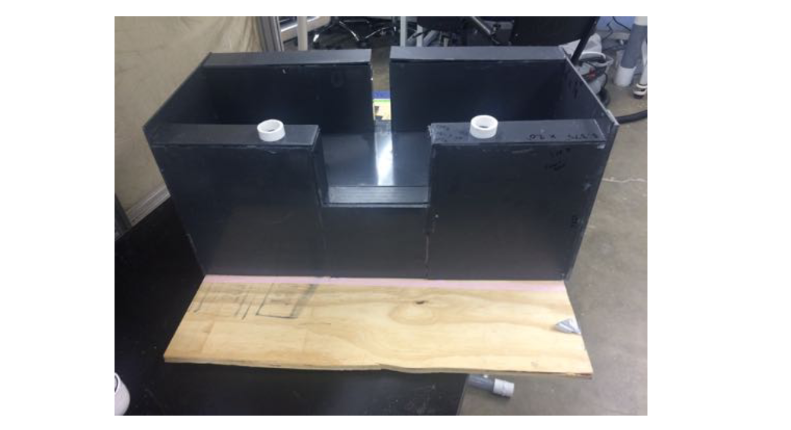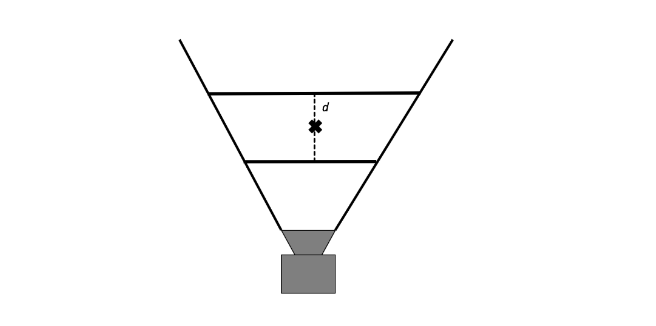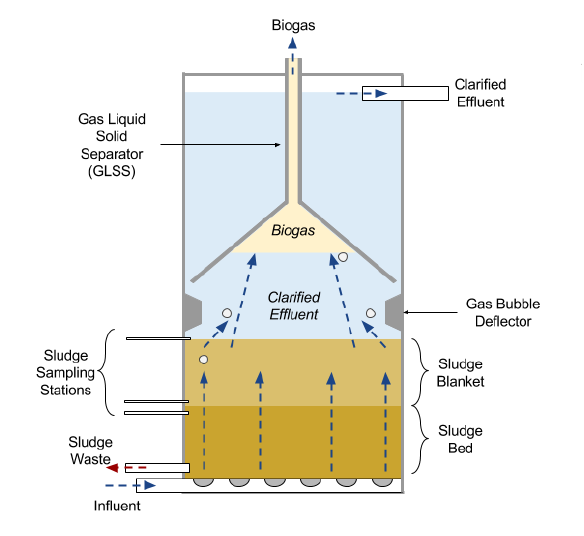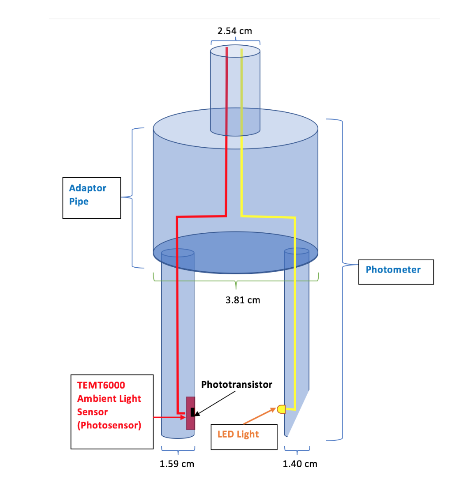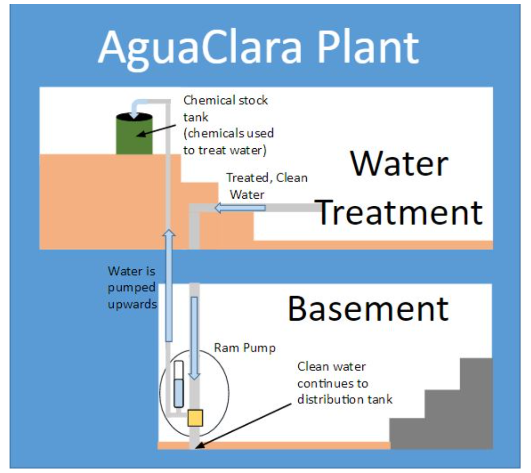Matt Cimini, Alex King, Tanvi Naidu
Abstract:
The objective for the Filter and Treatment Train Flow Control team (FTTFC team) this semester was to design and construct a weir module that would allow the plant operator to easily redirect sucient flow for filter backwash without shutting o↵ other filters’ flow. The goal of the design was to be easily constructible, easy to operate, strong enough to withstand water pressure and require no calculations for plant use. The team designed several removable weir options and ultimately chose a hinged design. The design is similar to a dog door that will be shut during normal flow and open during backwash. The model was fabricated and tested under conditions simulating a 20 L/s plant. The weir module was strong enough to withstand the flow, was easy to construct and was simple to open and close even with the water pressure against it and therefore was a success. There was some significant leakage around the weir flap. Therefore, construction and design should focus on recommendations for watertightness of the flap if this design is to be used in an AguaClara plant in the future.

